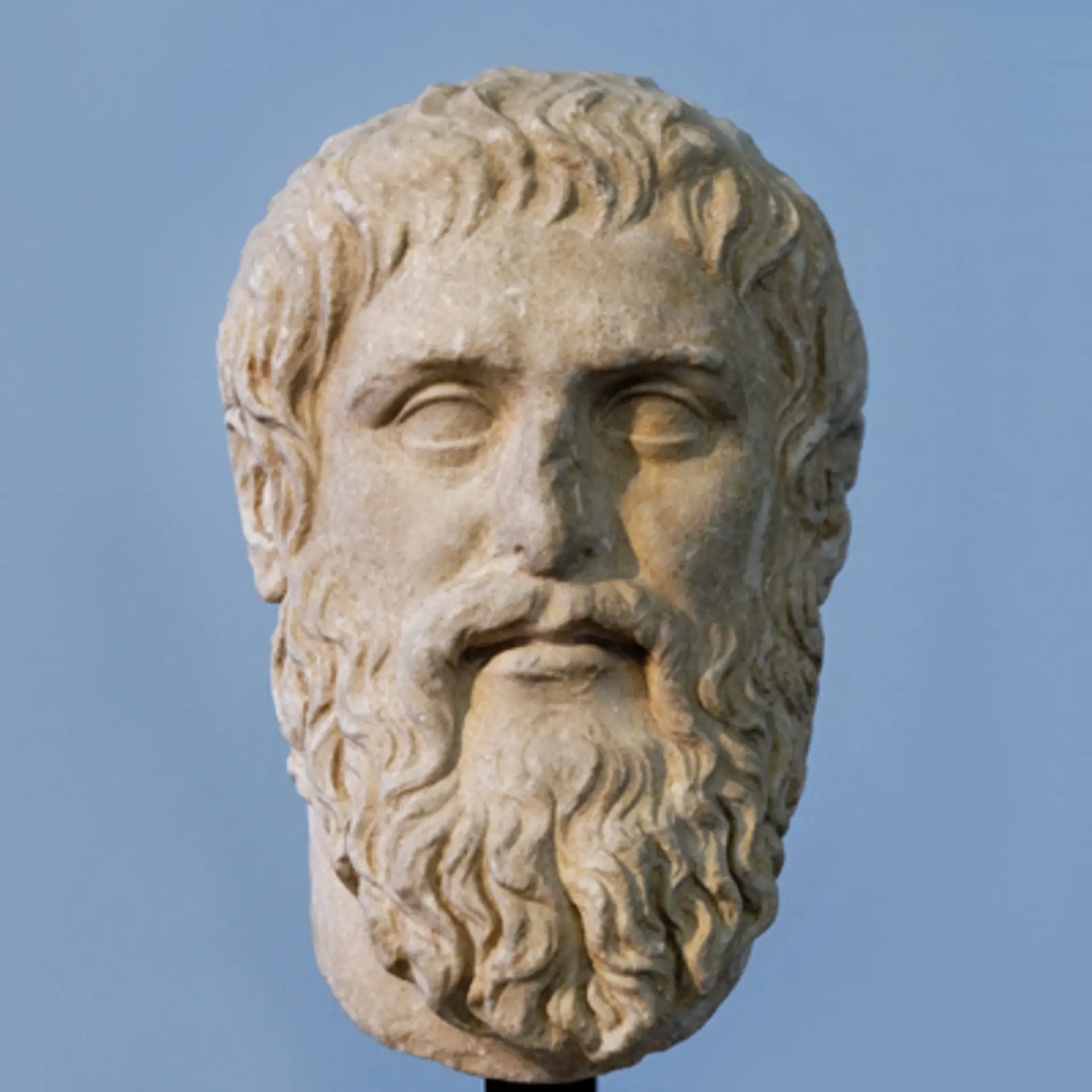Blind spots – how do you tackle invisible gender bias?
Does anyone remember seeing Full House in the late 1990s? It was quite a hit, full of family values to vie for. The one episode which really stands out in my memory was where Michelle wants to build a car for the Downtown Darby car racing competition and asks her aunt for help to build it. This was received with much criticism from her 5-year-old friend, as well as elders in the family. “Girls can’t build cars,” they retort.
That’s just how it begins for most of us – an unthoughtful remark here, another snide comment there – and poof – you’ve unwittingly passed on the gender bias. Now, in the series, addressing this misconception looked relatively easy – they found out what was bothering the tiny tot, clarified their foolhardy stance, and encouraged her to follow her dreams. It isn’t as simple when such statements have been made over and over across our social landscape. These opinions shape the way we live, who we consider as role models, and how we visualize ourselves.
Now devising stereotypes, in essence, is the way our brains are programmed to group patterns, but when it lends itself to typecasting people and their perceived attributes, it begins to look grim. Just where do you draw the line before a stereotype becomes a form of oppression? A case in point here is the recent backlash against sexual harassment that the #MeToo movement brought. The perpetrators overstepped the line and it took decades for the truth to come out into the open. The revelations are about the oppression faced, but if you look deeper, stereotyping had a huge role to play in this grimacing situation as the movie industry was considered a realm where ‘anything goes’.

It was left open to interpretation. Nobody delved into what went on behind the scenes when it should have mattered.
In this case, many of the women may have had a few confidantes, but the social opinion would likely have been to stay tight-lipped about the instance, to avoid the social stigma that they themselves would have to face. So, it eventually stayed under wraps. On the other hand, the issue kept brewing and many others were victimised too. You see, we’re miffed when we realize the intensity of such prejudices, but we don’t perceive our innocuous statements as having any impact on this larger societal problem. But that’s where we’re wrong. When, as a society, we condone misdemeanours, we’re helping fuel the fire.
Gender inequality, a global problem, doesn’t stem from catastrophic events, but from how we differentiate between people and predefine roles that they should play.
A video, titled ‘The Problem is not seeing the Problem’ and produced by The Unstereotype Alliance, an industry-led initiative convened by UN Women, uncovers the deeply ingrained biases that exist when it comes to casting actors for advertising. What better industry to begin with than one that prides itself on mirroring society! It shows the stark difference between the personalities of the individuals as compared to the roles that they’d been auditioning for. It’s not only women being subjected to this bias, which runs across genders, ethnicities, body types, and more. This is a conversation that needs to go beyond the advertising space, to redefine how we perceive people – to build upon their strengths and not foil their ambitions just because it doesn’t fit into our view of the world.
The punchline in this video is resounding and we should pay heed; people aren’t defined by their appearances, and it’s wrong to deny them the right to try anything else on this basis. As Indians, we’ve had more than our fair share of stereotyping when it comes to how we’re portrayed by the western media. Remember Apu from The Simpsons? So why not break down these barriers?
It’s not an easy task – in fact, it’s incredibly difficult – because identifying such gaps that everyone can plainly see, but fail to recognise, takes a higher degree of commitment and determination.
Today, it’s not only gender parity that we must look at achieving, but put more emphasis on levelling the playing field. There are a ton of finer aspects that ultimately contribute to creating this imbalance, and most of them aren’t visible yet. As a 72-year-old free nation, it’s our moral duty to ensure that no one is held victim due to our lack of conscious discernment. In fact, that’s what 1913 Nobel Laureate Rabindranath Tagore envisioned even before our Independence, right? “Where the mind is without fear and the head is held high, into that heaven of freedom, my Father, let my country awake.”
Apurva Purohit is President of the Jagran Group.
(Disclaimer: The views and opinions expressed in this article are those of the author and do not necessarily reflect the views of YourStory.)







